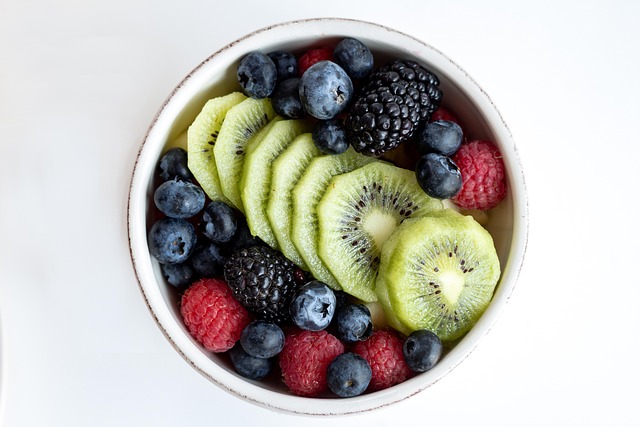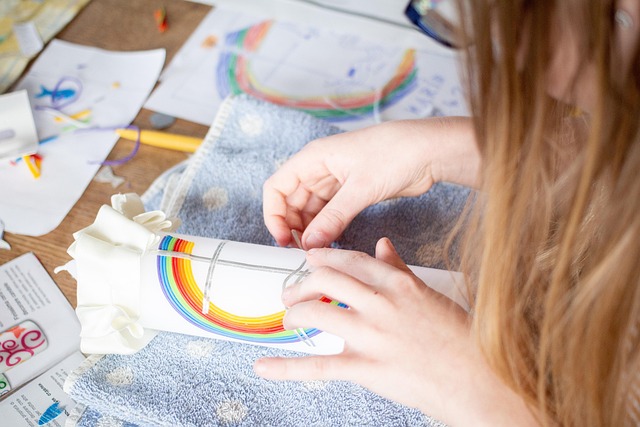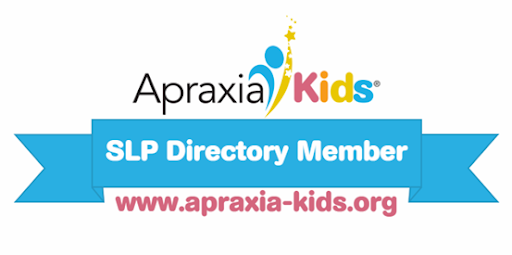
Everyday Ways to Teach Categories and Function
Understanding categorical membership (what group something belongs to) and function (what something is used for) is a foundational language skill for young learners. The good news? You don’t need special materials or flashcards. These concepts can be naturally woven into everyday routines.1. Grocery Store Chats At the store, talk about food categories: “Apples go in the fruit section. What else is a fruit?” “A broom is in the cleaning aisle. What do we use a broom for?” 2. Playtime Sorting Whether it’s toy animals, blocks, or dolls: Sort by category: “Let’s put all the animals together. What kind of animal is this?” Talk about function: “What does a fire truck do?” 3. Mealtime Moments Make meals a language-rich time: “A




